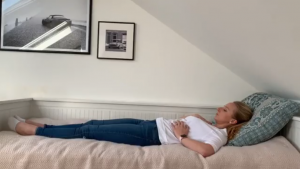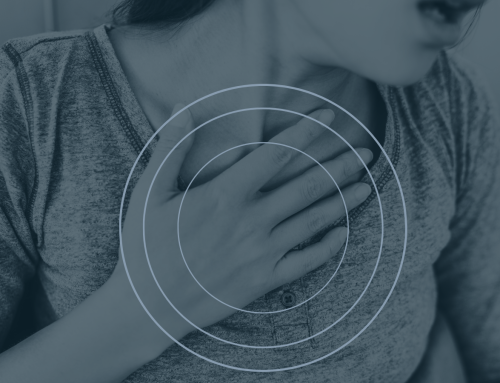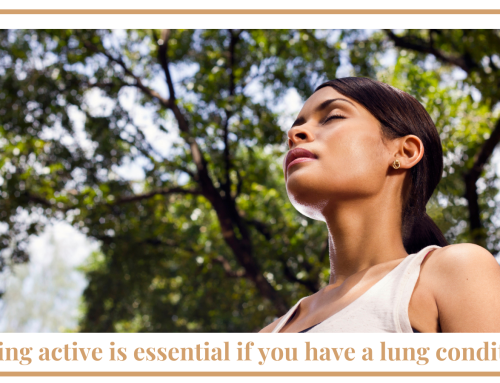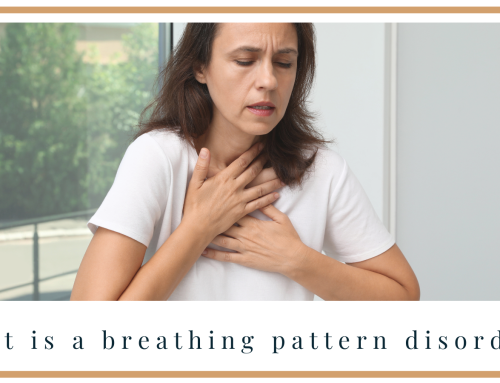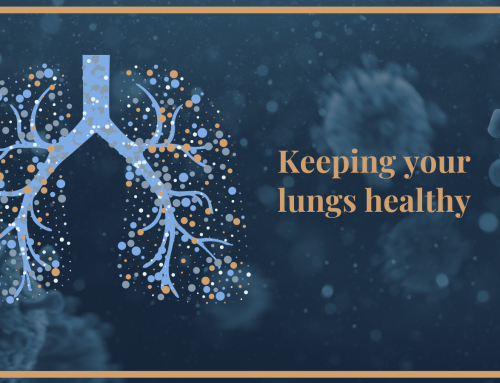We’re here to help those with breathing issues and in particular – breathing pattern disorders.
People may experience a change in their breathing for lots of different reasons. Take a moment to think about how your breathing changes when you’ve sprinted up the stairs compared to if you are sat watching TV for example. However, some people experience sensations of shortness of breath when they aren’t exerting themselves, or, they may start to feel short of breath doing certain activities when they didn’t before.
Has this happened to you? How does it make you feel?
Time to analyse your breathing pattern
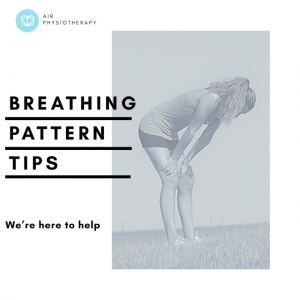
Click here to watch our video on how to analyse your breathing.
It’s a worrying time for lots of us at the moment. For those of you with breathing issues you may find your symptoms are flaring up. Take these steps to analyse your breathing pattern:
- lie in a comfy position with a pillow under your head
- place one hand on your upper chest and one on your lower ribs
- watch and feel which of your hands move most as you lay and breathe normally (this will help you to understand which part of your lungs you use the most)
- ask a family member at home to watch your breathing too – did they pick up anything you missed?
- record your findings and follow us for the rest of the week to learn how to optimise your breathing pattern.
Optimal breathing
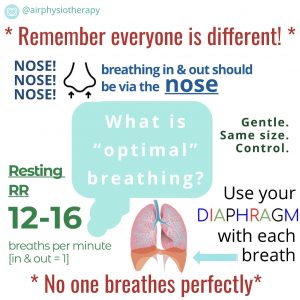 What is optimal breathing?
What is optimal breathing?
Does anyone breathe perfectly?
I personally don’t think they do! But thinking about one’s breathing pattern only becomes necessary when you have SYMPTOMS of breathing issues.
Let’s talk about ‘optimal’ breathing at rest (so when you are relaxed
– we should be taking in the region of 12-16 breaths per minute (this is called our respiratory rate)
– the air should enter and leave the lungs through the NOSE
– the main breathing muscle, the DIAPHRAGM, should be working to help the lungs fill adequately
with each breath (your lower chest will move if the diaphragm is doing a good job)
– each breath should be gentle, controlled and the same size.
From analysing your own breathing pattern do you think your breathing pattern is optimal or not?
SPOTLIGHT: the diaphragm is the star of the show when it comes to breathing!
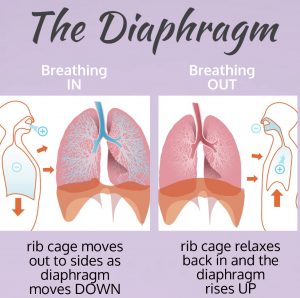
It is a sheet of thick muscle that sits in a dome shape underneath the rib cage.
It essentially splits us in half from front to back, separating our thoracic cavity (where our lungs are heart are) from our abdominal cavity (where our other organs are such as the digestive system, liver, kidneys etc).
As the diaphragm contracts, it changes shape from a dome to flat. It is this contraction and change in position of the diaphragm that pushes our lower ribs outwards as we breathe in, allowing more space in our chest for our lungs to fill with air.
How well do you think your diaphragm is working?
Does your lower chest and rib cage move outwards with each breath in?
A beginner’s guide to better breathing
Follow these steps to perform the breathing exercise ‘breathing control’. This focuses on relaxed breathing using the lower chest (diaphragm) to ensure your lungs are filling adequately.
- Lie down on your back, make yourself comfortable, and have your head supported.
- Put one hand on the top of your chest and one hand on your lower ribs or tummy. You may have to move your lower hand around as you practice in order to feel movement.
- Keep your mouth closed. As you breathe in slowly and gently through your nose, focus on your lower rib cage moving out to the side.
- your upper chest should not move. If it is, you might be taking too deep a breath!
- Try to perform this for 10 minutes, twice a day


